#archeolog
Explore tagged Tumblr posts
Text
If you want a good object lesson about what we can and can't know about the past, we don't know Ea-Nasir was a dishonest merchant selling shoddy goods.
What we know is we have found a cache of complaint tablets about him selling low quality copper as high quality, in a site that was probably his own residence. We know multiple people complained he was a cheat. It's entirely possible they were right. It's also entirely possible that he kept these complaint letters as records of people he would no longer do business with, because they had made accusations and threats in order to bully him into giving them free copper. That is an equally valid interpretation of the evidence.
My point is not that we have maligned Ea-Nasir, my point is that thousands of years later, we do not and cannot know.
53K notes
·
View notes
Text
Emersi nuovi reperti archeologici
Gruppo FS, i reperti, emersi nelle province di Napoli, Caserta e Benevento, sono stati presentati nella stazione di Napoli Afragola Un villaggio dell’età del Rame in località Gaudello; un tratto di basolato dell’antica via Appia nel comune di Maddaloni; un santuario di epoca ellenistico-romana, ricco di materiale votivo, a Ponte. Sono solo alcuni dei ritrovamenti archeologici, presentati nella…
0 notes
Text
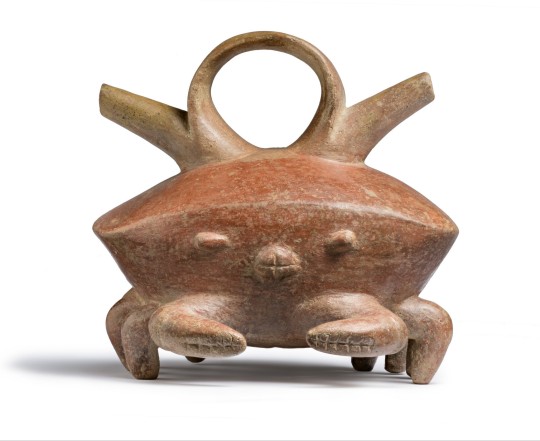
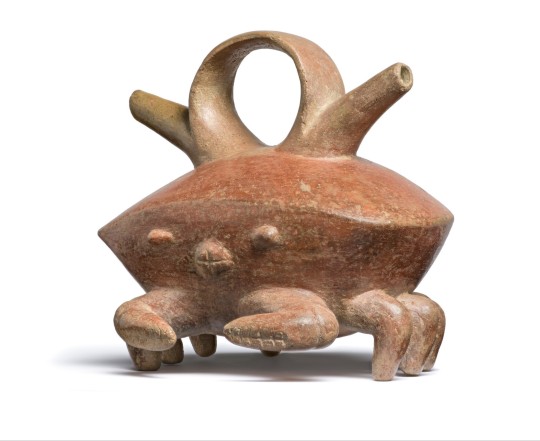
~ Crab Vessel with Double Spout.
Place of origin: Colombia, Calima Region
Period: Ilama Period
Date: 1500 B.C.-A.D. 100
Medium: Ceramics
#ancient#ancient art#history#museum#archeology#ancient history#archaeology#ancient pottery#pottery#south america#crab#crab vessel#calima#Colombia#pre columbian#Ilama Period#1500 b.c.#a.d. 100
22K notes
·
View notes
Text

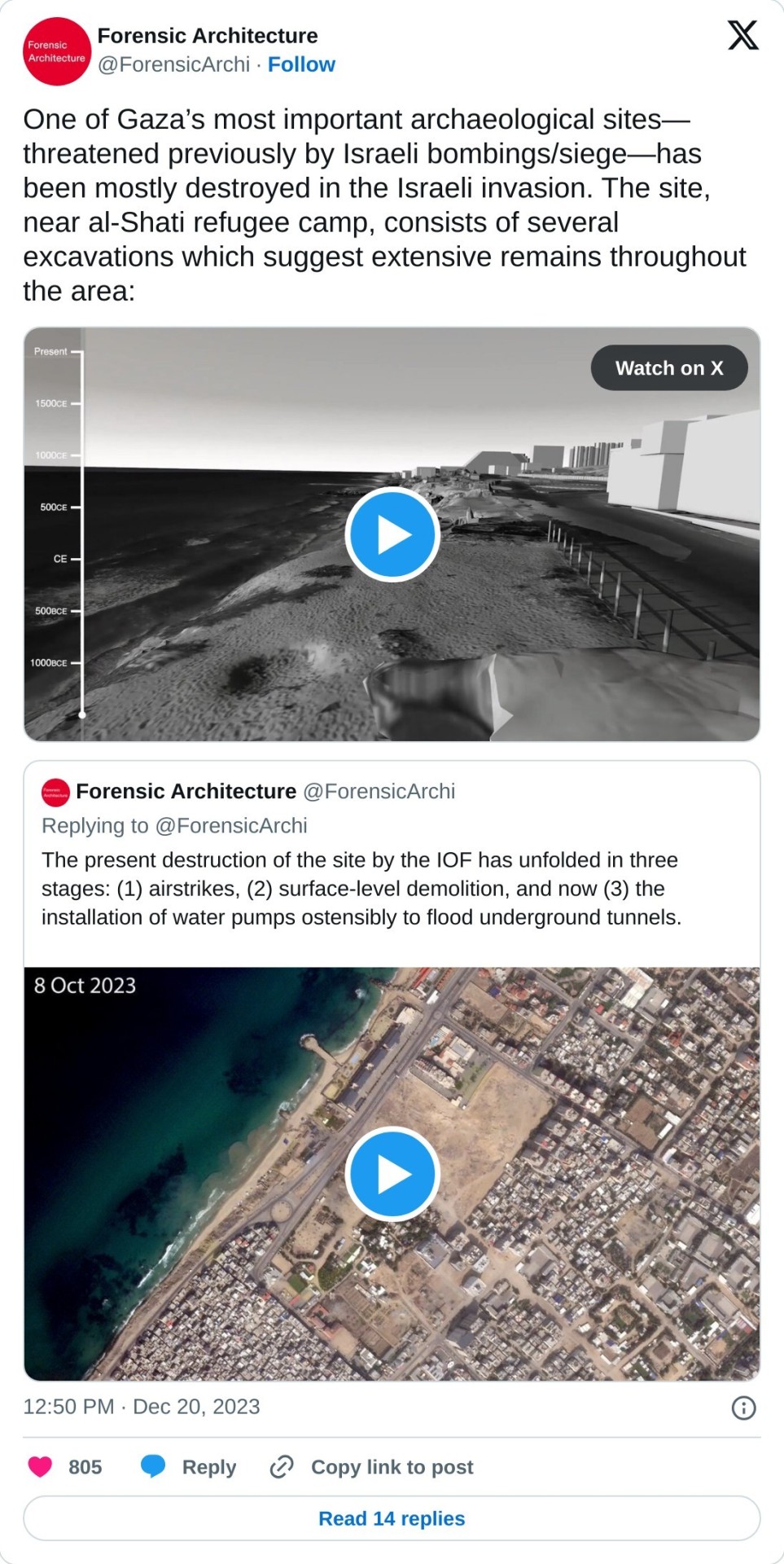
#yemen#jerusalem#tel aviv#current events#palestine#free palestine#gaza#free gaza#news on gaza#palestine news#news update#war news#war on gaza#genocide#archeology#history
20K notes
·
View notes
Text

Medieval badge displaying three phalli bearing a crowned vulva in a procession, 1375-1450
#art#medieval#archeology#p#fav#sorry for posting this on xmas eve i just think these lil badges are funny and cute
4K notes
·
View notes
Text


adam and eve apple. quote translates to “I am your half”
#arqueologia#archaeologylovers#ancientcivilization#museum#art#history#photography#archaeological#antiquities#arte#archaeologylife#archeology#ancient#archaeologist#archaeology#antiquity#artifacts#archeologie#historical#culture#sculpture#artlovers#ancientruins#roman#ologie#mythology#photooftheday#archeotravel#arch#archeologicalsite
6K notes
·
View notes
Text
2,300-Year-Old Plush Bird from the Altai Mountains of Siberia, c.400-300 BCE: this figure was crafted with a felt body and reindeer-fur stuffing, all of which remains intact

This plush bird was sealed within the frozen barrows of Pazyryk, Siberia, for more than two millennia, where a unique microclimate enabled it to be preserved. The permafrost ice lense formation that runs below the barrows provided an insulating layer, preventing the soil from heating during the summer and allowing it to quickly freeze during the winter; these conditions produced a separate microclimate within the stone walls of the barrows themselves, thereby aiding in the preservation of the artifacts inside.
This is just one of the many well-preserved artifacts that have been found at Pazyryk. These artifacts are attributed to the Scythian/Altaic cultures.
Currently housed at the Hermitage Museum.
#archaeology#anthropology#history#artifact#artifacts#siberia#scythians#archeology#museum#amazing#interesting#stuffed animals#ancient history#prehistoric#crafting#felt art#art#prehistoric art#hermitage museum#human nature
71K notes
·
View notes
Text
The most common mistake people make when thinking about prehistory and how to avoid it.
In "The Dawn of Everything, A New History for Humanity" David Graeber gives what I think might be the best piece of advice I've ever heard for understanding deep human history, and that is to get your mind out of the Garden of Eden.
People speculating about prehistory before modern archeology were quick to frame early humanity as existing in a "state of nature", either with pure innocent tribal communism, or being brutish barbarous cavemen, then something happened to bring us from the state of nature into "society". Did we make a Faustian bargain by domesticating plants and animals? Why is evidence of intergroup violence in prehistory so rare? How did we fall from the innocent state of nature? This, of course, smacks of the biblical creation story, so even if people don't believe it literally, they seem to have a hard time letting go of it spiritually even in a secular context.
This is pretty much nonsense, of course. Humans have existed for over 2 million years. Anatomically modern humans have existed for at least 300 thousand years. Behaviourally modern humans (with symbolism, art, long distance trade, political awareness) have existed for at least 50 thousand years, from our best evidence, but possibly a lot longer. The time between the Sumerians inventing writing and urban living 5,000 years ago and now is only a narrow slice of human history.
If we want to understand human history properly, we shouldn't understand people of the past as fundamentally different from us. They were intelligent, politically aware people doing their best in the world they found themselves in, just like we are today. We didn't fall from innocence with the development of behavioral modernity, religion, farming, war, money, capitalism, computers, or anything else. The world has changed a lot, but people have been experimenting with different ways to live for as long as there have been people, like this example I've posted before about disabled people's role in late pleistocene Eurasian society.
People have been the same as we are now for at least the last 50 thousand years. We have lived in countless different ways and will continue to experiment. There was no fall, and we don't live at the end of history.
8K notes
·
View notes
Text
This is kind of a weird reason for hope, honestly, but it genuinely changed how I think about catastrophe.
Historical fact that you probably do not know:
At least 30-50% of the population of Pompeii survived.
Maybe even the majority of the people of Pompeii survived.
(The numbers 30-50% there are according Professor J. Theodore Peña, a professor of ancient Roman archeology who studies Pompeii, whom I took a class on Pompeii with in 2018. The numbers of "maybe even the majority" are from articles linked below.)
Yes, that Pompeii, the one where the entire city was swallowed by a volcanic eruption.
And no, I'm not kidding. x, x, x, x, x, x
So how this is possible, that anyone could survive, when the entire city was literally buried in volcanic ash? And the answer is that the eruption actually took place over the course of almost 24 hours, as the earthquakes and clouds of smoke emitting from Pompeii gradually got worse and worse, followed by the ejection of ash and giant stones that gradually escalated, until the fifth pyroclastic flow (aka giant wave of searing hot ash) hit the city.
So, people had a bit less than 24 hours to flee the city. And many of them did, whether by boat or cart or horse or foot. And many of them made it.
Pompeii is the iconic, ultimate example we have, culturally, for a natural disaster that causes complete annihilation.
But it never caused complete annihilation at all. Not of the people who lived there.
I think climate change, ultimately, is going to be like Pompeii. Yes, there will be natural disasters. Yes, it will keep getting worse for a while.
Yes, people will die, and yes, we do need to act fast, and we need to do all that we can to save every single living being that we can.
But unlike the people of Pompeii, we have the ability to fix most of the effects of climate change. We have the ability to cool the planet down from whatever temperature it ultimately hits. (Masterpost on this here.)
Natural disasters fucking suck. But as the true story of Pompeii exemplifies, they are often a lot more survivable than we think. And we have benefits and resources and technology and knowledge above all communication that the people of Pompeii never did - in fact, we're getting so good at building for and detecting and warning for natural disasters that the number of people dying from natural disasters has been plummeting, even as natural disasters are getting worse and worse (x).
We are going to survive climate change (x). We are going to fix as much of it as we can (x). And we are going to rebuild afterward.
Because as the many survivors of Pompeii show, that's what humans do.
#pompeii#rome#roman archaeology#natural disasters#climate change#climate crisis#global warming#climate action#climate hope#hopepunk#me#not news#weird reasons for hope#might make that a tag or masterpost at some point I have a few more of these kicking around in my head#history#archeology#ancient history#climate anxiety
4K notes
·
View notes
Text

11 listopada br. w wieku 70 lat odszedł od nas Andrzej Sikorski. Archeolog, poeta, prozaik, krytyk literacki, wykładowca w Instytucie Prahistorii Uniwersytetu im. A. Mickiewicza w Poznaniu. Dziennikarz i redaktor, autor ponad 20 publikacji książkowych (tomiki, książki dla dzieci i młodzieży, wywiady-rzeki), autor słuchowisk i monodramów radiowych. Członek Stowarzyszenia Pisarzy Polskich (od 1989) i ZAiKS-u. Laureat Nagrody 38. Listopada Poetyckiego za tomik "niepewne". Miłośnik przeszłości Poznania.
Skromny, zawsze uśmiechnięty, serdeczny - takim go zapamiętamy na zawsze.
0 notes
Text
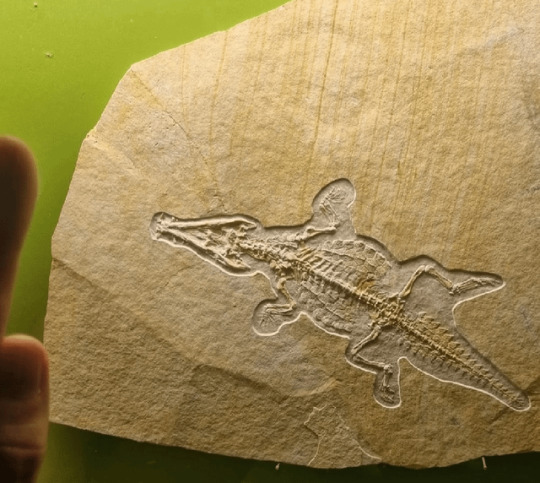
The fossil of a 20cm baby crocodile from Germany.
#fossils#archeology#naturalhistory#paleontology#nature#photography#paleontography#animals#cute animals#crocodile#reptile
27K notes
·
View notes
Text
they are so married
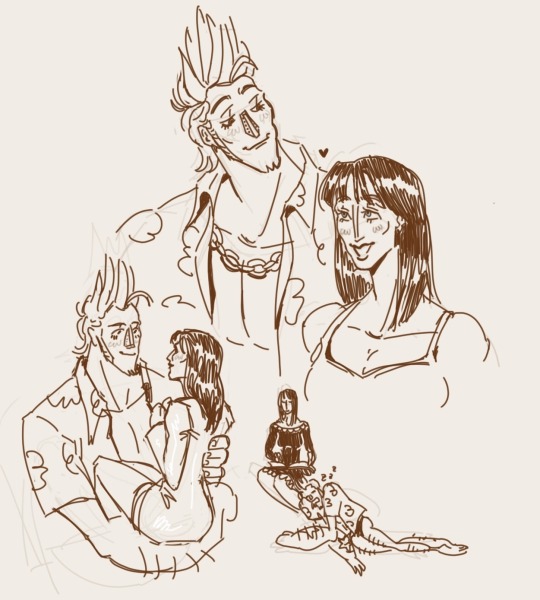
#franky probably just looks at her with puppy eyes while she yaps about archeology#one piece fanart#cyborg franky#franky#one piece#digital art#nico robin#frobin#franky x robin#water 7
4K notes
·
View notes
Text
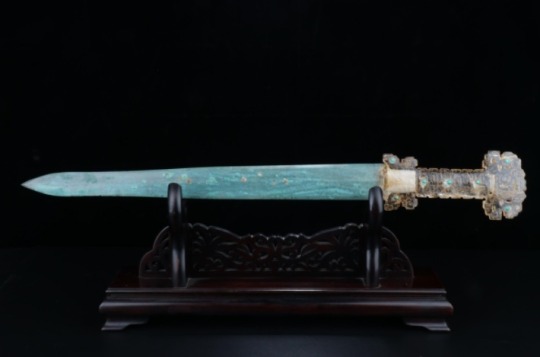
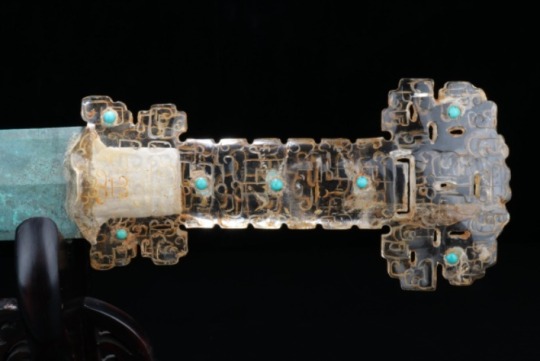
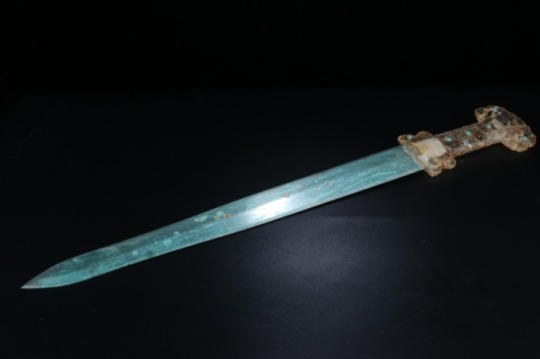
Chinese Bronze Sword With An Inlaid Rock Crystal, Turquoise and Gold Hilt Warring States Period, Circa 4th - 2nd Century B.C.
#Chinese Bronze Sword With An Inlaid Rock Crystal Turquoise and Gold Hilt#Warring States Period#Circa 4th - 2nd Century B.C.#bronze#bronze sword#ancient artifacts#archeology#archeolgst#history#history news#ancient history#ancient culture#ancient civilizations#ancient china#chinese history#chinese art#art
6K notes
·
View notes
Text

~ Plaque.
Culture: Italic, Etruscan
Period: Late Archaic Period or early Classical Period
Date: ca. 470 B.C.
Medium: Terracotta
#ancient#ancient art#history#museum#archeology#ancient history#archaeology#plaque#music#musician#etruscan#italic#late archaic#early Classical period#terracotta#ca. 470 b.c.
4K notes
·
View notes
Text

Cat with a kitten, gargoyle-chimère on the roof of the Château de Pierrefonds, France. Built ca.1393-1407, restored between 1857-1885.
Via Archaeology & Art
1K notes
·
View notes
Text
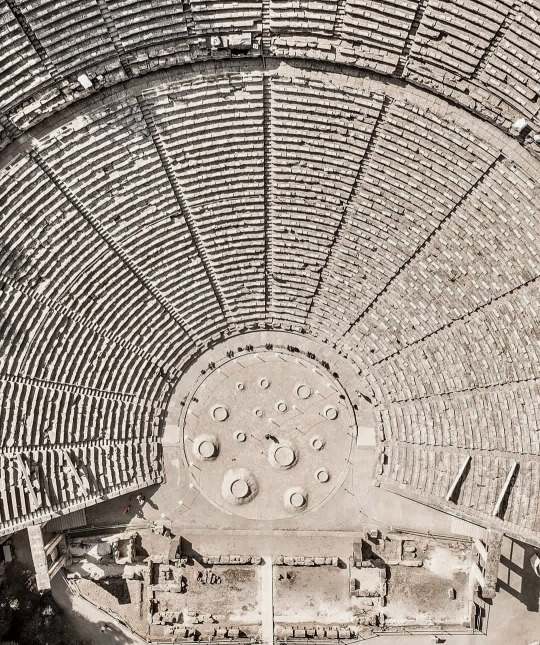
The ancient theatre of Epidavros, Peloponnese, Greece. 4th c.BC.
8K notes
·
View notes